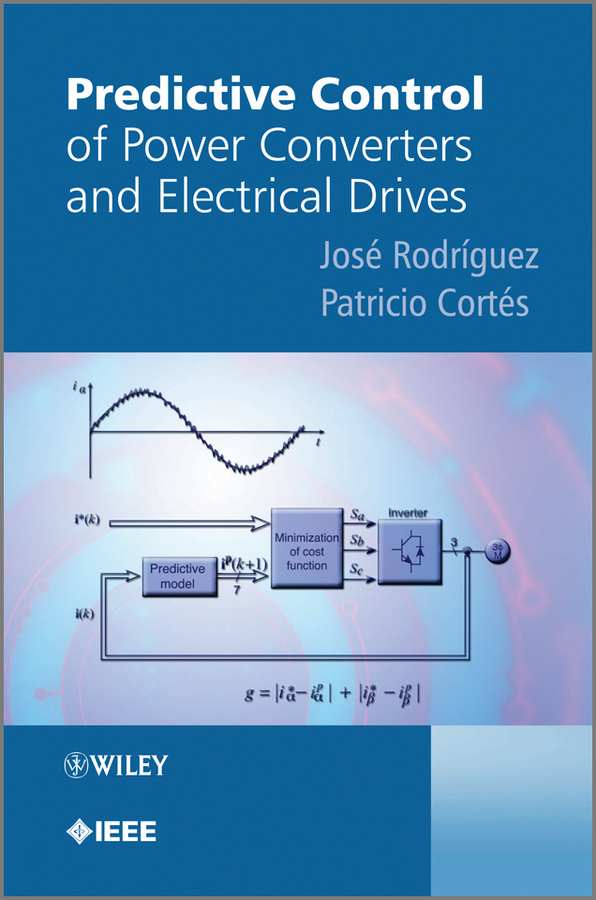- 丛书名 : Wiley - IEEE
- 中图分类号: TM
- 语种: ENG
- 出版信息: Wiley 2012 250页
- EISBN: 9781119941453
- PISBN-P: 9781119963981
- 原文访问地址:
KG评星
知识图谱评星,是一种基于用户使用的评价体系,综合图书的评论数量、引文数量、Amazon评分以及图谱网络中节点的PageRank值(即考虑相邻节点数量和重要性)等多种因素计算而得出的评价数值。星级越高,推荐值越高。CAT核心级
核心学术资源(CAR)项目作为教图公司推出的一项知识型服务,旨在打造一套科学、有效的图书评价体系,并协助用户制定相应的馆藏建设方案。CAR项目调查和分析12所世界一流大学的藏书数据,以收藏学校的数量确定书目的核心级,核心级越高,代表书目的馆藏价值越高。选取核心级在三级以上,即三校以上共藏的图书作为核心书目(CAT)。Describes the general principles and current research into Model Predictive Control (MPC); the most up-to-date control method for power converters and drives The book starts with an introduction to the subject before the first chapter on classical control methods for power converters and drives. This covers classical converter control methods and classical electrical drives control methods. The next chapter on Model predictive control first looks at predictive control methods for power converters and drives and presents the basic principles of MPC. It then looks at MPC for power electronics and drives. The third chapter is on predictive control applied to power converters. It discusses: control of a three-phase inverter; control of a neutral point clamped inverter; control of an active front end rectifier, and; control of a matrix converter. In the middle of the book there is Chapter four - Predictive control applied to motor drives. This section analyses predictive torque control of industrial machines and predictive control of permanent magnet synchronous motors. Design and implementation issues of model predictive control is the subject of the final chapter. The following topics are described in detail: cost function selection; weighting factors design; delay compensation; effect of model errors, and prediction of future references. While there are hundreds of books teaching control of electrical energy using pulse width modulation, this will be the very first book published in this new topic. Unique in presenting a completely new theoretic solution to control electric power in a simple way Discusses the application of predictive control in motor drives, with several examples and case studies Matlab is included on a complementary website so the reader can run their own simulations







 京公网安备 11010602104826号
京公网安备 11010602104826号
